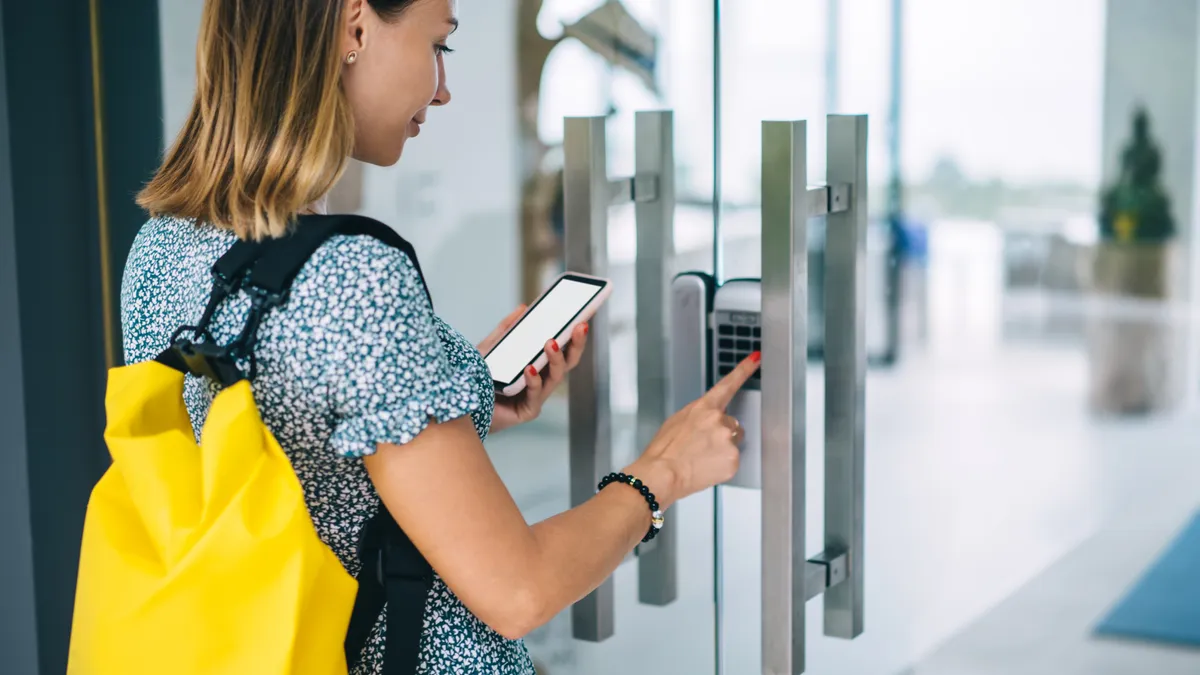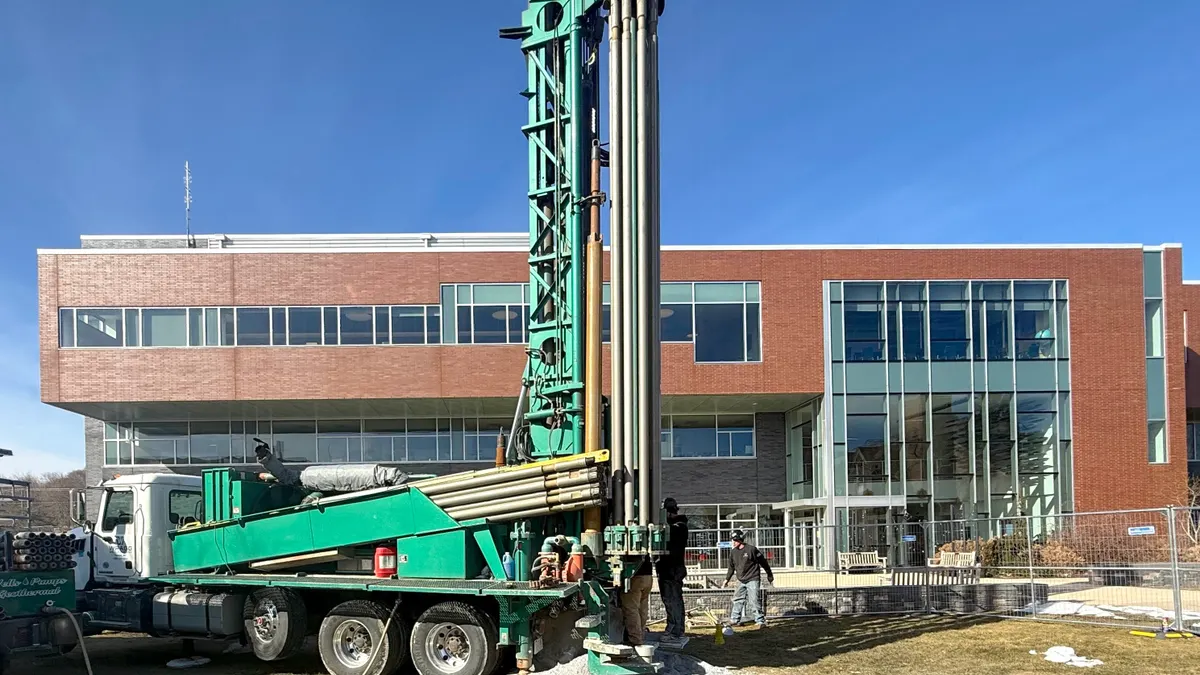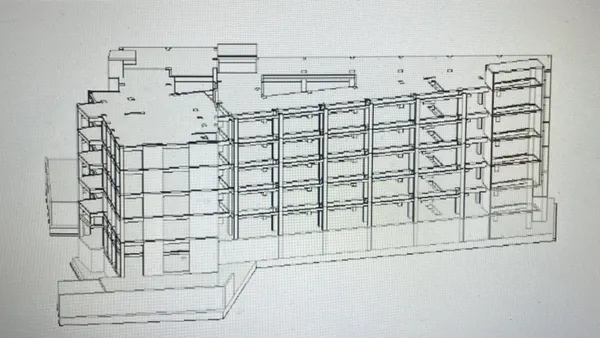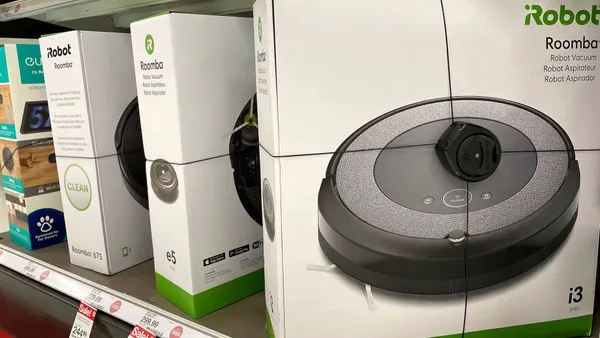Dive Brief:
- Only 8% of professionals in an ASIS International survey said they had not experienced any access control failures in the past six months.
- Serious access control incidents are few, however, respondents said, with 71% reporting no more than five per year. The most prevalent problem was tailgating or piggybacking, mentioned by 61% of respondents. Tailgating is when an unauthorized person follows an unaware user into a restricted area; piggybacking can refer to such access being provided with the authorized user’s knowledge.
- Despite those findings, access control systems — the combination of technology and security policies used to permit or deny access to a location — are highly effective in preventing unauthorized physical incidents, the report states.
Dive Insight:
The report by the global association of security professionals surveyed over 1,000 frontline security, management, director and C-suite level professionals, from those operating at a single facility or campus to those managing security at multinational organizations with a variety of facilities in multiple countries. It found that 93% of organizations believe access control is an essential piece of their risk management or security plan.
When security consultants were asked which access control concerns or failures are most common, 34% said that problems arose from poor implementation of technology or from choosing technology that is not correct for the situation; 24% said failure resulted from over-prioritizing employee convenience; and 13% attributed failures to technology that is insecure or can be easily hacked.
The report identifies a trend toward adoption of more secure technologies. Low-frequency proximity cards, while previously widespread, have been phased out due to their vulnerability to replication or spoofing, and more secure technologies have taken their place, it states. Whereas 51% of respondents reported using low-proximity cards in 2019, only 22% said they use them in this year’s survey. Instead, 50% of organizations now employ what the report calls highly secure credentials, such as mobile devices, biometrics and multifactor authentication, with 35% using medium-level security measures such as RFID proximity cards and smart RFID cards. Professionals who deploy higher-level security systems expressed more confidence in their overall access control systems: 70% of those with highly secure technology agree that their system is effective, compared with 58% of those with less secure technology.
The report also highlighted the crucial role of access control in visitor management, with 39% of respondents still using manual systems, such as spreadsheets or pen and paper, to keep track of temporary credentials issued to visitors.
Organizations also commonly turn to video cameras to complement access control systems with surveillance, with 85% and 84% of respondents using inside and outside surveillance, respectively. When asked how they ensure access control systems have not been breached, 76% of security professionals said they actively monitor the video surveillance.












